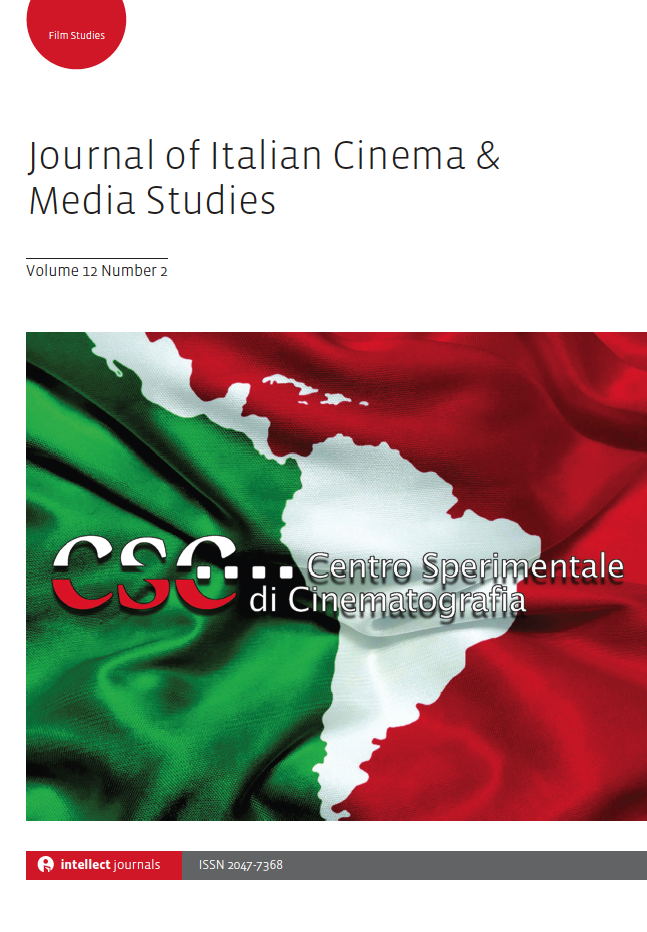
Full text loading...

Dario Argento’s L’uccello dalle piume di cristallo (The Bird with the Crystal Plumage) (1970), Il gatto a nove code (The Cat O’ Nine Tails) (1971) and 4 mosche di velluto grigio (Four Flies on Grey Velvet) (1971) comprised his Animal Trilogy. The films were not about animals, though they did play roles, and in Argento scholarship, animals are noted tangentially, but emphasis is always on the human. Meanwhile, anthrozoological film analyses usually examine movies with foregrounded animal protagonists. This article remedies those absences by making an anthrozoological analysis of Argento’s Animal Trilogy, demonstrating that Argento’s presentation of non-human animals is conflicted in the same way that the broader human relationship with animals is conflicted. Animals are both depicted realistically in the various forms of human contact with them and presented in bizarre, outsized ways fitting the pulp giallo form.

Article metrics loading...

Full text loading...
References


Publication Date:
https://doi.org/10.1386/jicms_00163_1 Published content will be available immediately after check-out or when it is released in case of a pre-order. Please make sure to be logged in to see all available purchase options.